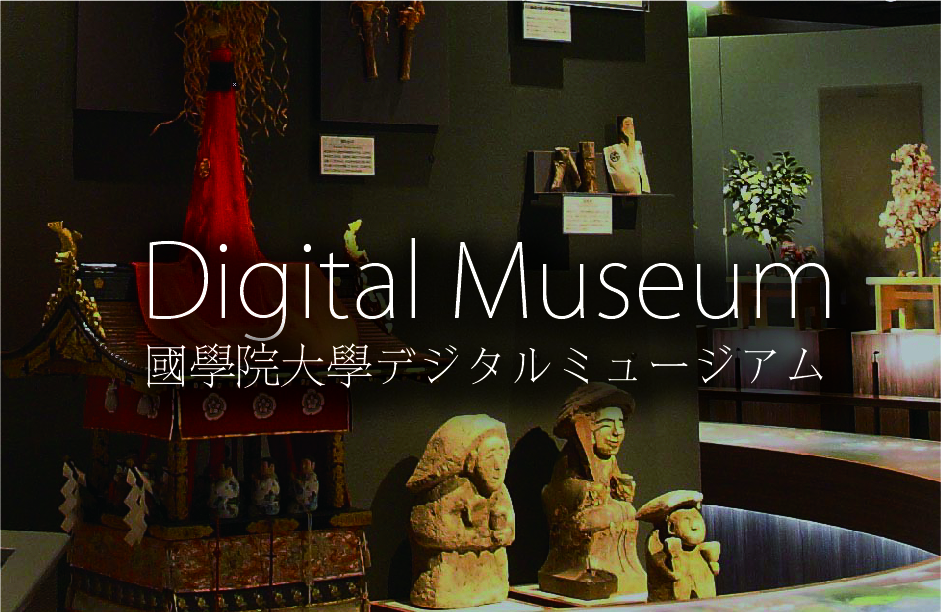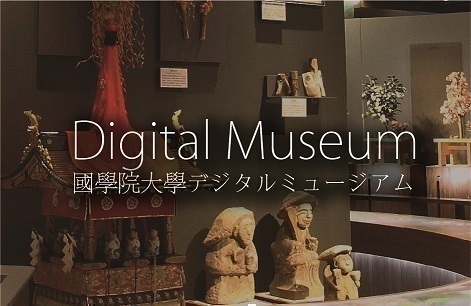- トップ
- Encyclopedia of Shinto
- Shibai
Encyclopedia of Shinto
| Main Menu: | |
| Links: |
詳細表示 (Complete Article)
| カテゴリー1: | 5. Rites and Festivals |
|---|---|
| カテゴリー2: | Performing Arts |
| Title | Shibai |
| Text | A popular term for "theater" (engeki). Originally the term referred to sacred grounds covered in lawn (shibafu) found within the precincts of temple or shrine. From the Edo period (1600-1867) onward it has been used to refer to kabuki or kabuki theaters in particular. Fund-raising sarugaku and kusemai (a type of song and dance) performances flourished in the Muromachi period. Stages would be erected outdoors on the grounds of temples and shrines and the seats for the audience were referred to as shibai (lit. "inhabiting the lawn"). Consequently, shibai came to refer to the gallery or stands at any theatrical performance. In the case of large-scale fund-raising events where special boxed seating (sajiki) was erected for nobles and other high-class spectators, the earthen area between the boxes and the stage became the shibai with seating for the general public. This distinction between boxed seating for the upper classes and ground level seats for the masses was maintained in early modern kabuki, too; given that kabuki had developed as a popular mass entertainment, this term shibai that had been used for the general public's seats came to refer to the entire theater building. By extension, it became a common way to refer to kabuki itself, and also more broadly to kabuki works and the art of performance. That the term shibai came to encompass theater buildings, dramatics, theatrical works, and the art of performance can thus be seen as a reflection of the character of kabuki, in which these various elements were united to form a single theatrical world. The word engeki came into common use following the emergence of "new theater" (shingeki) in the early modern period, but shibai has survived right up to present-day theater. — Takayama Shigeru |





